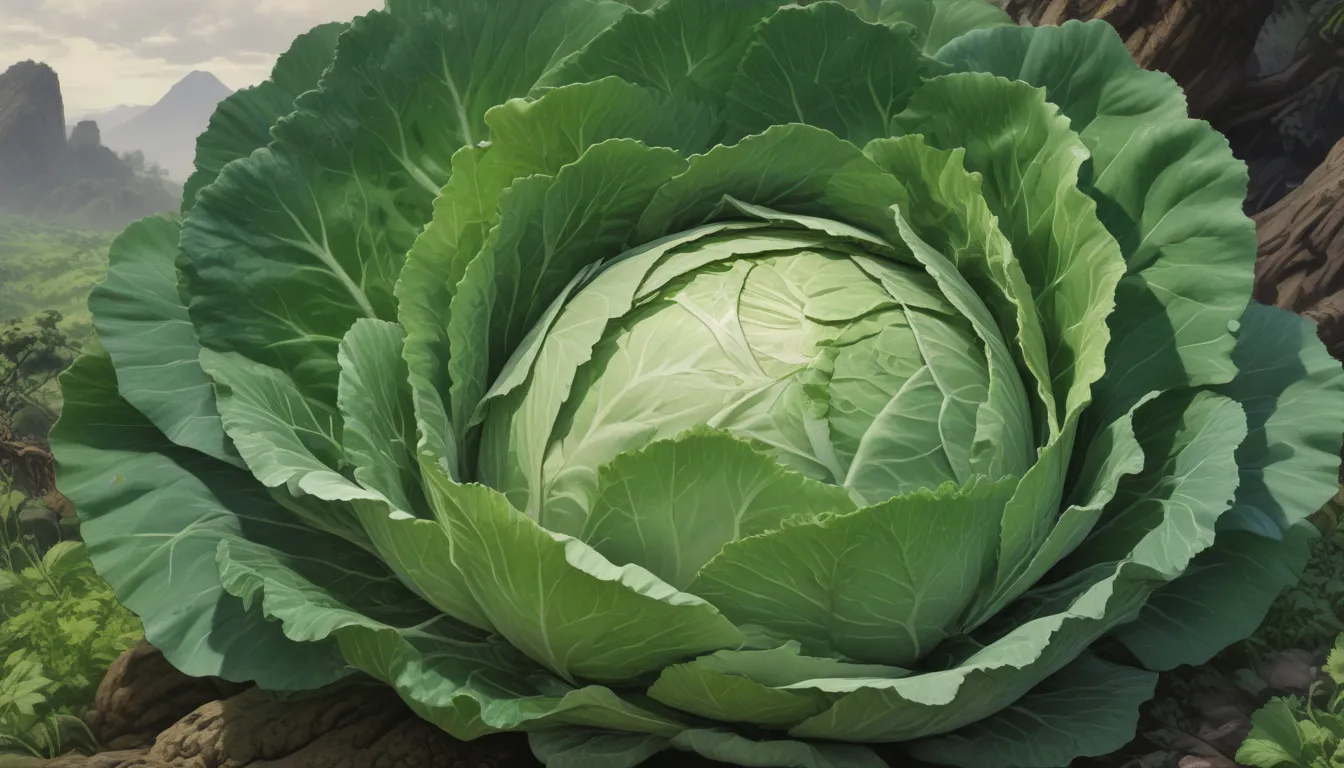Complete Guide to Identifying, Preventing, and Treating Common Cabbage Diseases

Cabbages are a beloved vegetable in many households, but they are prone to an array of diseases caused by various pathogens including fungi, water molds, bacteria, and viruses. These infections can range from minor cosmetic issues like powdery mildew to severe, potentially fatal diseases like bacterial soft rot.
In this comprehensive guide, we will explore the common diseases that can affect your cabbage crop and provide valuable information on how to identify, prevent, and treat these issues effectively.
Common Cabbage Diseases
- Alternaria Leaf Spot
- Bacterial Leaf Spot
- Bacterial Soft Rot
- Blackleg
- Black Rot
- Bottom Rot
- Clubroot
- Downy Mildew
- Mosaic Virus
- Phytophthora Root Rot
- Powdery Mildew
- Ring Spot
- White Mold
- Yellows
1. Alternaria Leaf Spot
Alternaria leaf spot is caused by two species of fungi, Alternaria brassicicola and A. brassicae. These fungi are known for causing yellow spots on older tissue, which can develop into larger spots with rings around them. Symptoms include holes in the foliage and dead tissue areas.
Prevention and control measures for Alternaria leaf spot include cultural practices such as drip irrigation, crop rotation, and removal of dead plant material. Biopesticides like Bacillus amyloliquefaciens and Bacillus subtilis can also be effective in managing outbreaks.
2. Bacterial Leaf Spot
Bacterial leaf spot is caused by two different bacteria species, Pseudomonas syringae pv. maculicola and Xanthomonas campestris pv. armoraciae. Symptoms include spots on leaves that can merge to form angular lesions and ragged foliage. Prevention methods include planting heat-treated seed, proper irrigation practices, and crop rotation.
3. Bacterial Soft Rot
Bacterial soft rot is caused by Pectobacterium spp. and can result in severe losses in cabbage crops. Symptoms include water-soaked lesions that quickly enlarge and turn brown and mushy. Prevention includes avoiding warm, humid conditions and removing infected plant material promptly.
4. Blackleg
Blackleg is caused by the fungus Phoma lingam and can destroy the roots of cabbage plants. Symptoms include sunken cankers at the base of stems and dark spots on leaves. Prevention methods include planting high-quality seed, crop rotation, and removing infected plant material.
5. Black Rot
Black rot is caused by the bacterium Xanthomonas campestris pv. campestris and affects a range of cole crops. Symptoms include smaller heads and yellowing of leaf margins. Prevention involves planting resistant varieties and proper crop rotation.
6. Bottom Rot
Bottom rot, caused by the fungus Rhizoctonia solani, can lead to complete head rot in cabbages. Prevention methods include planting in raised beds, well-draining soil, and proper fertilization practices.
7. Clubroot
Clubroot, caused by Plasmodiophora brassicae, can form large gall-like growths on cabbage roots. Prevention includes avoiding acidic soils, using clean trays for transplants, and long crop rotations.
8. Downy Mildew
Downy mildew is caused by Peronospora parasitica, a water mold that affects cabbage leaves. Prevention methods include spacing plants properly for airflow and planting at certain times of the year.
9. Mosaic Virus
Mosaic virus is a common viral disease in cabbage caused by different pathogens. Prevention measures include controlling aphids, removing cruciferous weeds, and proper disposal of crop debris.
10. Phytophthora Root Rot
Phytophthora root rot, caused by Phytophthora megasperma, affects cabbage roots. Prevention methods include soil drainage improvement, crop rotation, and avoiding excessive irrigation.
11. Powdery Mildew
Powdery mildew, caused by Erysiphe cruciferarum, can lead to smaller heads in infected cabbage plants. Prevention includes growing resistant varieties and proper irrigation practices.
12. Ring Spot
Ring spot, caused by Mycosphaerella brassicicola, can lead to rot during storage. Hot water treatment for seeds and removal of infected plants can help control the spread of this fungus.
13. White Mold
White mold, caused by Sclerotinia sclerotiorum, affects cabbage tissues and can lead to plant collapse. Prevention includes good sanitation practices, weed management, and early treatment of infections.
14. Yellows
Yellows, caused by Fusarium oxysporum f. sp. conglutinans, invades cabbage vascular systems and can result in stunted growth and leaf discoloration. Planting resistant varieties is the best prevention method.
Healthy Garden, Healthy Heads
In conclusion, maintaining a healthy cabbage crop involves vigilance in identifying, preventing, and treating common diseases caused by various pathogens. By implementing good gardening practices, cultural methods, and preventive measures, you can protect your cabbage plants and ensure a successful harvest.
Have your cabbages experienced any of these diseases? Share your experiences and tips in the comments below. For more information on growing cabbage and managing pests, check out our related guides.
Remember, a healthy garden leads to healthy heads of cabbage!





